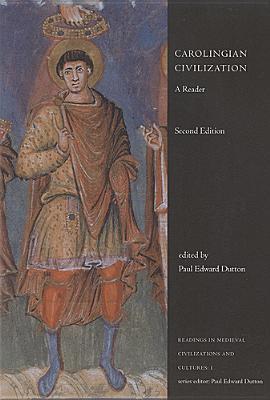
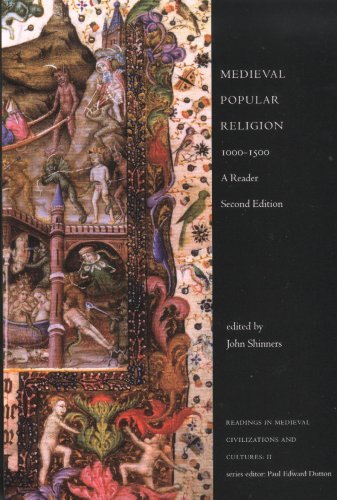
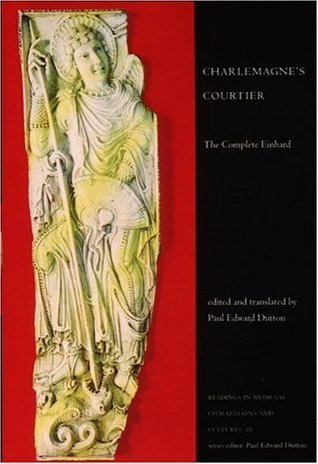
Books in series

Carolingian Civilization
A Reader
1993

Medieval Popular Religion, 1000-1500
A Reader
1997

Charlemagne's Courtier
The Complete Einhard
840
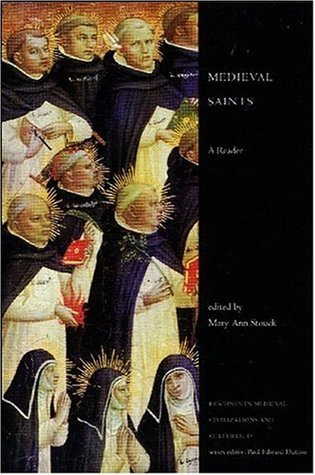
Medieval Saints
A Reader
1998
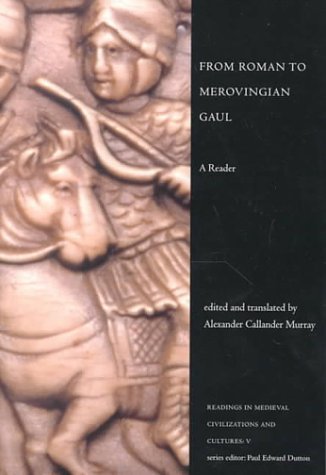
From Roman to Merovingian Gaul
A Reader
1999
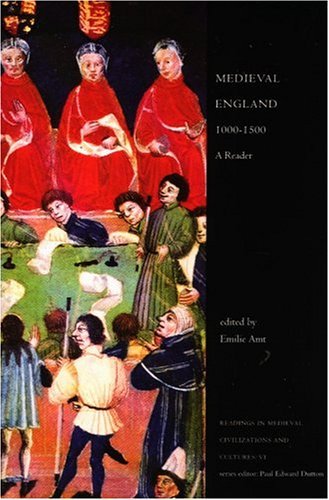
Medieval England, 500-1500
A Reader, Second Edition
2000
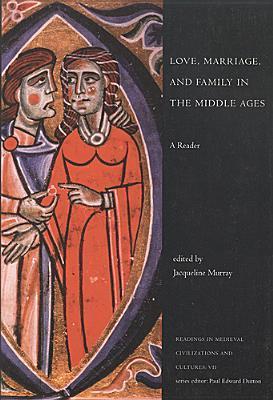
Love, Marriage, and Family in the Middle Ages
A Reader
2001
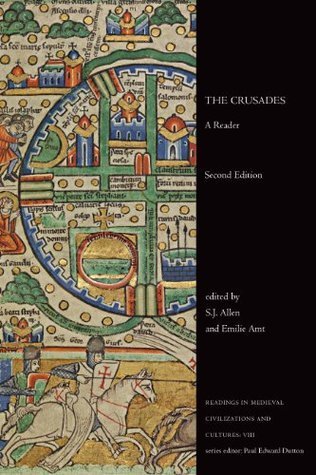
The Crusades
A Reader
2003
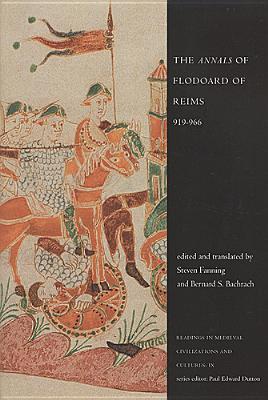
The 'Annals' of Flodoard of Reims, 919 - 966
2004
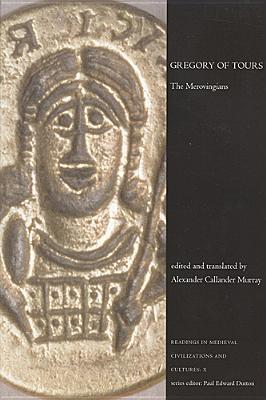
Gregory of Tours
The Merovingians
2005
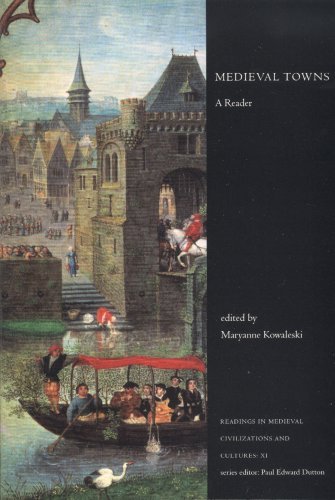
Medieval Towns
A Reader
2006
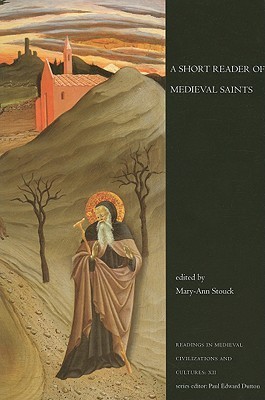
A Short Reader of Medieval Saints
2009
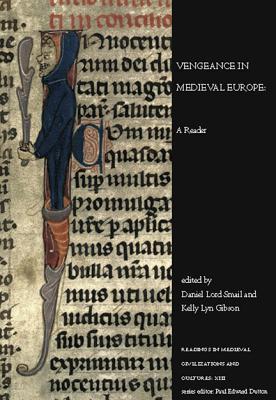
Vengeance in Medieval Europe
A Reader
2009
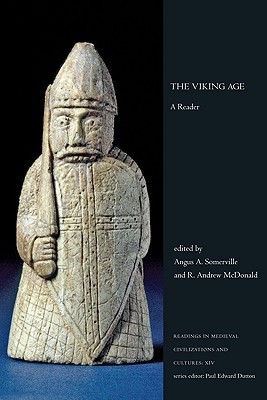
The Viking Age
A Reader
2010
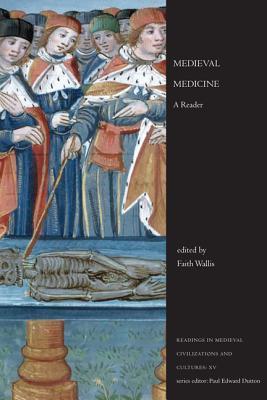
Medieval Medicine
A Reader
2010
Authors

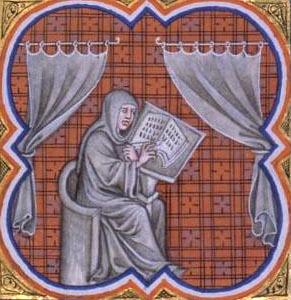
Historian, born c. 770 in the district of the River Main in the eastern part of the Frankish Empire; d. 14 March, 840, at Seligenstadt. His earliest training he received at the monastery of Fulda, where he showed such exceptional promise that Abbot Baugulf sent him to the court of Charlemagne. His education was completed at the Palace School, where he was fortunate enough to count among his masters the great Alcuin, who bears witness to his remarkable talents in mathematics and architecture, and also to the fact that he was among the emperor's most trusted advisers. Charlemagne gave Einhard charge of his great public buildings, e.g. the construction of Aachen cathedral and the palaces of Aachen and Ingelheim. Charlemagne also availed himself of Einhard's tact and prudence to send him on various diplomatic missions. The most important of Einhard's works is the Vita Caroli Magni. This, the best biography of the whole period of the Middle Ages, written in close imitation of Suetonius, shows the emperor from the standpoint of the most intimate personal acquaintance with all sides of his character, and with a genuine attempt at truth of portrayal. The diction is in general elegant, though not polished. The annals of the Carolingian Empire, which have been handed down as Einhard's, are, in their present form, older materials worked over. Those for the years between 796 and 820 may date back to Einhard. In addition, we have from his hand the Translatio et Miracula SS. Marcellini et Petri, containing data which are important for the history of culture. The seventy-one letters, written by Einhard between 825 and 830 in a clear, simple style, constitute an important source for the history of Louis the Pious. (Source: The Catholic Encyclopedia)
